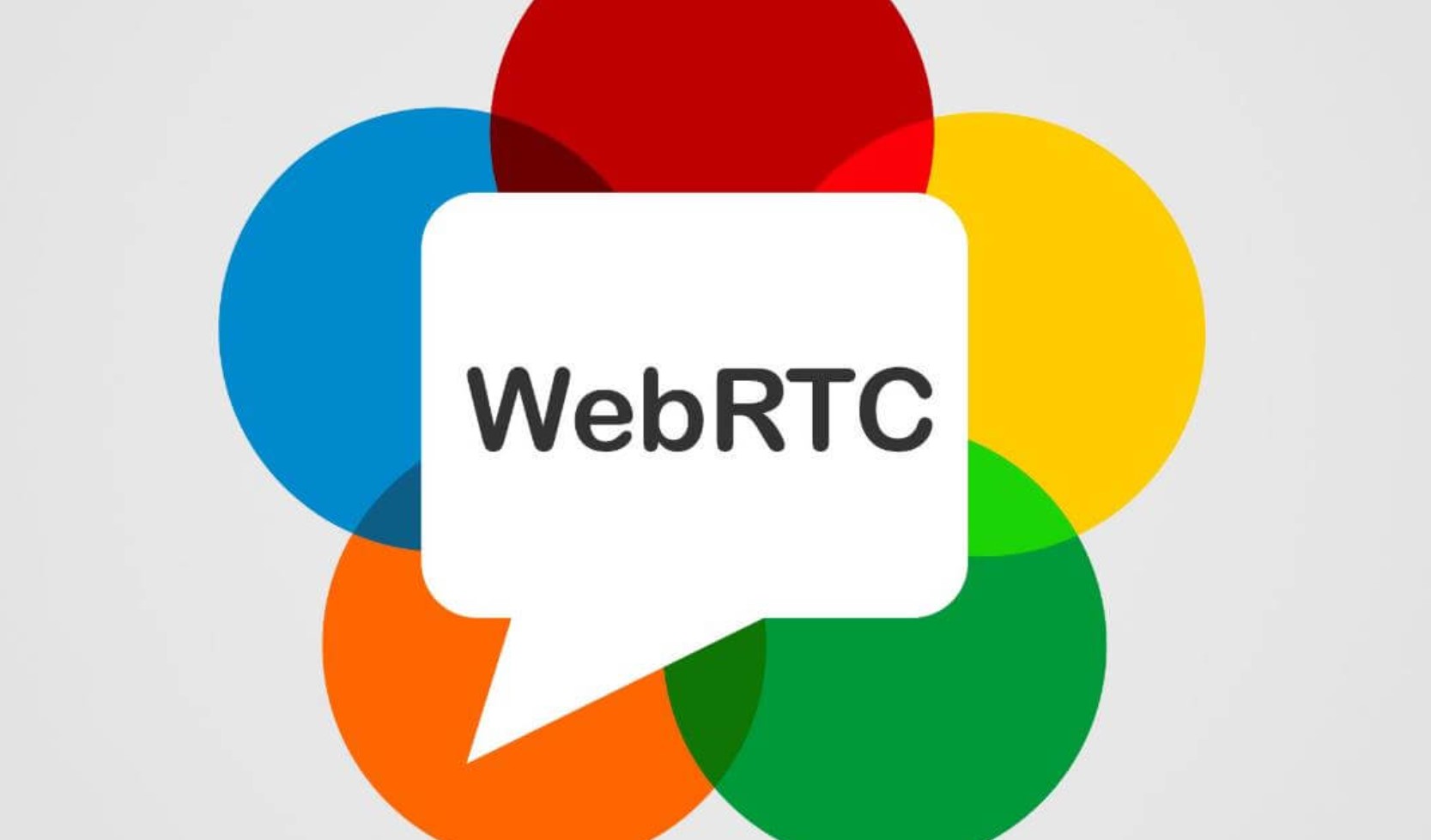WebRTC comprises three core components: the getUserMedia API, the RTCPeerConnection API, and the RTCDataChannel API. The getUserMedia API enables access to a user’s media devices, such as cameras and microphones. The RTCPeerConnection API establishes and manages the peer-to-peer connection, handling audio and video streams. The RTCDataChannel API facilitates the exchange of arbitrary data between peers.
How Does WebRTC Work?
When two browsers want to establish a WebRTC connection, they perform a process called signaling. Signaling involves exchanging metadata to negotiate session details like network addresses and codecs. Once the signaling is complete, the browsers can directly exchange media streams using peer-to-peer connections, bypassing the need for a server.
Advantages of WebRTC
WebRTC offers numerous advantages for real-time communication. Firstly, it simplifies the development process by providing browser APIs, reducing the complexity of building real-time applications. Secondly, it enables secure and encrypted communication by default, ensuring privacy and data protection. Additionally, WebRTC supports seamless integration with existing web technologies and can be used across different platforms and devices.
- Seamless Real-Time Communication: WebRTC enables direct peer-to-peer communication between web browsers without the need for additional plugins or software installations. It offers a seamless and hassle-free user experience for real-time audio, video, and data sharing.
- Simplified Development Process: WebRTC provides browser APIs that simplify the development of real-time communication applications. Developers can leverage these APIs to incorporate features like video conferencing, voice calling, and file sharing into their web applications with ease.
- Secure and Encrypted Communication: WebRTC incorporates encryption protocols to ensure secure communication between peers. It offers built-in security features like Secure Real-time Transport Protocol (SRTP) and Datagram Transport Layer Security (DTLS) to protect data privacy and prevent unauthorized access.
- Compatibility and Browser Support: Most modern browsers, including Google Chrome, Mozilla Firefox, Safari, and Microsoft Edge, support WebRTC. This broad compatibility ensures that users can enjoy real-time communication features across different platforms and devices.
- Cost-Effective Solution: WebRTC eliminates the need for third-party communication services or expensive hardware infrastructure. By leveraging WebRTC, businesses can reduce costs associated with traditional communication methods while maintaining high-quality real-time communication experiences.
- Low Latency and High Quality: WebRTC minimizes latency by establishing direct peer-to-peer connections. This ensures fast and responsive communication with minimal delay, enhancing the overall user experience. WebRTC also supports adaptive bitrate streaming, adjusting video quality based on network conditions to maintain optimal performance.
- Flexibility and Customization: WebRTC provides developers with flexibility to customize and tailor real-time communication experiences according to their specific requirements. Whether it’s integrating additional features or creating unique user interfaces, WebRTC offers ample opportunities for customization.
Use Cases of WebRTC
WebRTC has a wide range of applications across various industries. It is extensively used in video conferencing platforms, enabling remote collaboration and communication. WebRTC is also employed in telemedicine applications, allowing doctors and patients to interact in real-time. Other use cases include online gaming, customer support, live streaming, and IoT applications.
Implementing WebRTC in Real-Time Communication
To implement WebRTC, developers can utilize libraries and frameworks such as SimpleWebRTC, PeerJS, or Twilio. These tools provide pre-built components and APIs that simplify the integration of WebRTC functionality into web applications. By leveraging these resources, developers can save time and effort while incorporating real-time communication features into their projects.
Security Considerations with WebRTC
While WebRTC offers secure communication by default, developers should still be mindful of potential security risks. Implementing proper authentication and authorization mechanisms, encrypting sensitive data, and regularly updating software versions are crucial steps to ensure a secure WebRTC implementation. It’s also essential to be aware of potential privacy concerns and provide users with clear information regarding data collection and usage.
- Encryption: WebRTC provides built-in encryption to ensure secure communication between peers. It utilizes secure protocols like Secure Real-time Transport Protocol (SRTP) and Datagram Transport Layer Security (DTLS) to protect data from interception or tampering.
- Authentication and Authorization: Implementing proper authentication mechanisms is essential to verify the identities of participants in a WebRTC session. By using secure authentication protocols, such as OAuth or JSON Web Tokens (JWT), you can ensure that only authorized users can access the communication channel.
- Secure Signaling: Signaling is a critical component in establishing WebRTC connections. It involves exchanging session metadata between participants. It’s crucial to secure the signaling process to prevent attacks like man-in-the-middle (MITM). Using secure protocols like HTTPS and implementing measures like certificate pinning can enhance signaling security.
- Firewall and NAT Traversal: WebRTC may encounter firewall and network address translation (NAT) traversal challenges due to the peer-to-peer nature of its communication. Understanding and addressing these challenges are essential to ensure successful connectivity while maintaining security measures.
- Privacy Concerns: WebRTC allows direct peer-to-peer communication, which means that the participating browsers exchange data directly. Developers should consider privacy implications and provide clear information to users regarding data collection, processing, and storage to maintain compliance with privacy regulations.
- Secure Development Practices: Following secure development practices is crucial when implementing WebRTC. Regularly updating libraries and frameworks, addressing vulnerabilities promptly, and conducting security audits can help mitigate potential risks.
- Denial-of-Service (DoS) Protection: Implementing measures to protect against DoS attacks is important to ensure the availability and reliability of WebRTC services. Techniques such as rate limiting, traffic monitoring, and anomaly detection can help mitigate the impact of DoS attacks.
WebRTC vs. Traditional Communication Methods
WebRTC stands out from traditional communication methods in several aspects. Unlike legacy systems that often require proprietary software or plugins, WebRTC is based on open standards and is natively supported by most modern browsers. It eliminates the need for intermediaries, reducing costs and improving performance. Additionally, WebRTC allows for direct peer-to-peer connections, providing faster and more efficient communication channels.
WebRTC and Mobile Devices
WebRTC has excellent compatibility with mobile devices, making it an ideal choice for mobile applications. With support for both Android and iOS platforms, developers can create real-time communication features within their mobile apps. Whether it’s video calling, live chat, or file sharing, WebRTC ensures seamless communication experiences across smartphones and tablets.

